Last updated on April 29, 2024

Mox Sapphire | Illustration by Dan Frazier
Nowadays, it’s really easy to tell Magic sets apart. There are set symbols, copyright dates, and all sorts of information that make it clear where a card came from. However, this wasn’t always the case. In fact, some of the game’s earlier core sets had no easy ways to tell cards apart.
One good example is Unlimited and Revised. Both sets had a lot of similarities. They’re mostly the same cards, both have white borders, and neither have specific set symbols assigned to them. This may leave some players wondering how exactly to tell them apart.
If you use your cards as game pieces, it’s not really a big deal what set they come from. However, if you’re a collector, it can be very important to know the difference between a card from Revised and one from Unlimited. It’s also important to know when you’re buying cards so you don’t overpay for a card that’s from the wrong set.
Let’s take a look at the differences between the two sets and the cards themselves. This should help you differentiate between sets and give you a little bit of history on the early days of Magic.
What Were Unlimited and Revised?
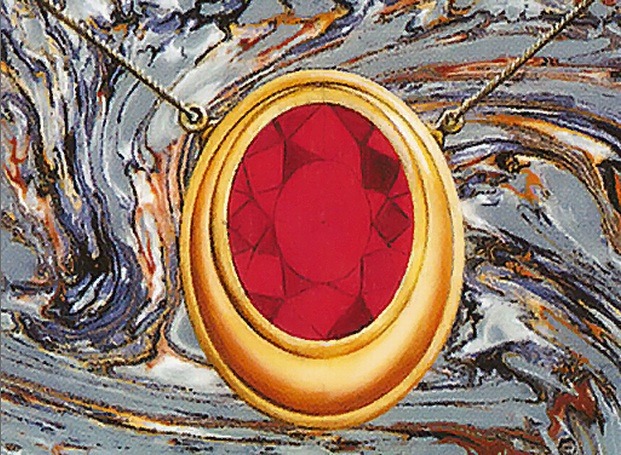
Mox Ruby | Illustration by Dan Frazier
Unlimited and Revised are two of the earliest core sets in Magic’s history. Unlimited was printed first in December 1993, with Revised coming a year later in April 1994. Like all core sets from before Magic 2010, these sets consisted of reprints only and served as a base set of cards that would be used for upcoming rotations. They were also a way for players to get their hands on some essential cards they may have missed from earlier releases.
Unlimited is a set of 302 cards. These are the exact same cards that were found in Beta, but this time with a white border instead of a black border. This was done to differentiate Unlimited Edition cards from Limited Edition cards from Alpha and Beta, since Magic wasn’t using set symbols yet. This was also seen as a way to preserve the collectible value of the original Limited Edition cards. Unlimited was also the first set to have a specific set name on the box and booster packs, as both Alpha and Beta packs just said “Magic: The Gathering Booster Pack.”
Because Unlimited had the same cards as Beta, it gave players a chance to get their hands on important cards like The Power Nine. Unlimited also had a larger print run than the original two sets, making it easier to get a hold of.
After Magic’s first two expansion sets, Arabian Nights and Antiquities, Revised was printed as the next core set. There were some slight changes to the cards available in Revised, and the set came out to 306 cards instead of 302. This was also the first time a core set rotated certain cards out of circulation due to their power level.
Although Wizards had used set symbols on the previous two expansion sets, there’s no set symbol on Revised. This was a trend they continued with all core sets until Sixth Edition. Like Unlimited, Revised also has a white border.
Revised was also famously plagued by errors. The wear and tear on the print film used for the set resulted in the colors on the cards coming out faded. This coupled with an issue regarding the cards’ border, and some serious misprints led Wizards to attempt a second version of Revised. This second version, referred to as Summer Magic, proved to have just as many problems and ended up being recalled and destroyed. The errors in production along with the removal of certain powerful cards caused Revised to be poorly received by players who felt it was a step down from previous core sets.
Unlimited vs. Revised Card Differences
Unlimited and Revised didn’t just have slight differences in which cards were in the set, but also how the cards themselves looked. This is partially due to the production errors that hurt the quality of Revised. Because there are no set symbols on either Unlimited or Revised and they both use white borders, these differences are how you tell the two sets apart.
Beveled Inner Border
One of the big differences between Unlimited cards and Revised cards is the beveled border around the outside of the cards. If you look closely at the left and right edges of the card, you’ll see that in Unlimited there’s a solid black line and a slightly lighter gray line just inside it. This adds a sense of depth to the card’s border. Revised on the other hand, has only a solid black line outlining the card.
Unlimited:
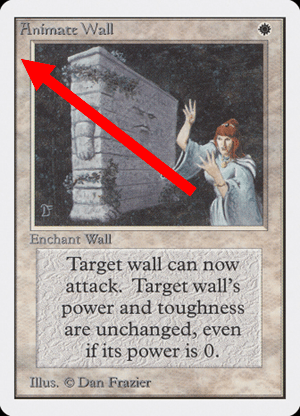
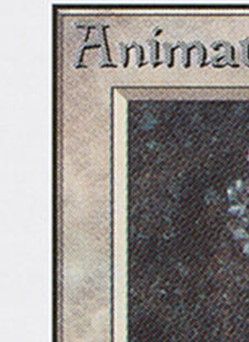
Revised:
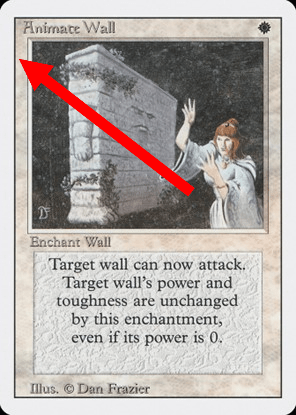

Card Names
Another difference between the two sets is the positioning of the card’s name. On an Unlimited card, the name text is very close to the beveled border. In contrast, Revised cards have a good amount of space between the first letter in a card’s name and the solid black border of the card.
Unlimited:
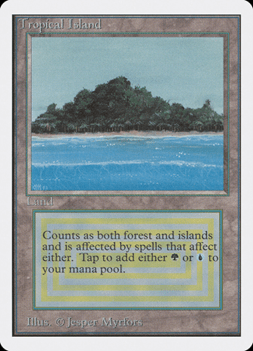
Revised:
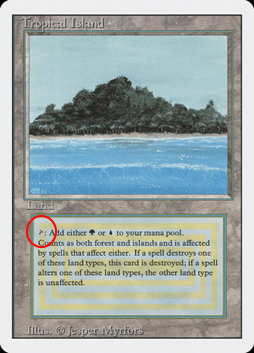
Artist Names
Similar to the different spacing for card names, the spacing on artist’s names are also different between these two sets. Unlimited artist credits appear slightly higher and farther away from the bottom of the card’s border, while Revised cards’ artist credits are nearly touching the bottom line of the card.
Unlimited:

Revised:

Faded Colors
Perhaps the most readily apparent difference between the two sets is the faded colors on Revised cards. Though this won’t be as helpful if you only have the one card to look at, in a side-by-side comparison it’s very easy to tell when a card is from Unlimited or Revised by looking at the colors. The colors on an Unlimited card are darker, which also gives the art a more defined look thanks to its more effective shading. Apart from the art and the color of the card, the color of the text on an Unlimited card is also significantly darker than the text on Revised cards.
Unlimited:

Revised:
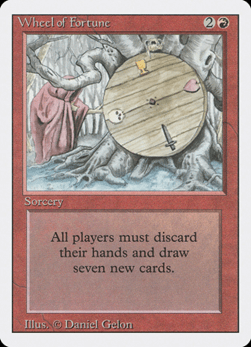
Tap Symbols
Another key difference is that Revised was the first set to use a specific tap symbol. Instead of the arrow that’s used today, the original tap symbol was a gray circle with a slanted T inside. Any card with a tap symbol on it will be from Revised not Unlimited. While this won’t help you tell every card apart, it can help you spot a Revised card right away.
Unlimited:

Revised:

Did Revised Have the Power Nine?
No, the Power Nine were among the cards removed from Revised for being too powerful. This means that Unlimited was the last set to print the Power Nine.
Revised Rules Changes
When Revised was released, it came with some changes to Magic’s rules. Some of these were pretty significant, while others were more minor changes. Magic has changed the game’s rules since, so some of these rule changes no longer apply to playing the game today.
One change was the addition of a seventh phase in on a player’s turn. In First Edition, the turn phases were Untap, Upkeep, Draw, Main, Discard, End. Revised’s rules change added a Heal Creatures step that came after the end step. This is when any damage done to your creatures would be erased.
You may notice that back then, there was no combat step. Players were allowed to make an attack any time during their main phase, of which there was only one. This is obviously very different from how a turn is set up now, with combat and damage steps taking place between the two main phases.
Revised also introduced the tap symbol to cards. This eliminated the previous subtypes of artifacts mono and poly. Mono artifacts were artifacts that would be tapped as a cost to activate their abilities, whereas poly artifacts could activate their ability as many times as a player could afford to do so. The tap symbol made these subtypes obsolete, and they were removed from artifacts starting in this set.
Bury was also introduced as a new term in Revised. Cards that buried another card sent it to the graveyard and didn’t allow regeneration. The term has since become obsolete and each card that it appeared on has been given an errata. Some bury cards have been changed to say “destroy [insert target here], it can’t be regenerated,” while others have been changed to forced sacrifice effects.
While “target” had been around on Magic cards since the beginning, Revised is when the specific rules for the word were defined. This specified that cards which allow the user to choose specific cards targeted those cards, which could be prevented by protection. This change was inspired due to the ambiguous nature of protection in Limited Edition rules for protection.
Apart from defining targeted abilities, Revised also fleshed out how protection worked to avoid confusion. These rules specified that protection prevents damage, including trample damage, or spell effects from the given color. It also means the creature can’t be blocked by creatures of the given color, and enchantments already on the creature will be dispelled. These rules have essentially remained the same for protection over the years but have been added to as well. There are now new styles of protection like “protection from instants” that aren’t color based but operate in largely the same way only in regards to a card type instead.
Revised Edition also gave us a new series of steps for combat. The new rules in this set gave players specific steps when they were allowed to use fast effects. These took place after declaring attackers, declaring blockers, and assigning damage. This is similar to how players can now respond to the transition between phases with instant speed effects, except these times were considered their own unique steps of combat.
Instants were a type of card that had a good amount of change done to them in Revised. Originally, instants took place simultaneously, but this led to some confusion. Revised introduced the idea of a stack where the last instant effect activated or cast would resolve first, and then each effect would be resolved in reverse order.
Similarly, fast effects were also changed to be clearer about when they could be used and how. Originally these effects said they could be used “at any time,” but this caused some serious issues in gameplay. Revised specified certain times that fast effects could be used.
Another rule change had to do with sacrificing your own permanents. When sacrificing something as a cost, this cost could no longer be prevented and needed to be paid at the same time as the mana used to cast the spell. If your spell got countered, you’d still need to keep the sacrificed permanents paid for it in the graveyard.
Originally, enchantments would stick around no matter what until they were removed, similar to artifacts. However, this set changed that so auras or other enchantments that target a specific permanent would be put into the graveyard once that permanent was no longer a valid target. For example, if a permanent was turned into a creature, you could enchant it with an enchant creature spell. However, if that permanent stopped being a creature at any point, your enchant creature spell would be put into the graveyard since it would no longer have a valid target.
Which Set Is More Valuable?
Unlimited is more valuable than Revised. An easy indication is the price difference between a booster of either set. Revised packs are easier to find and cost around $400. In contrast, it’s harder to find Unlimited packs, and when you do they will cost you somewhere in the thousands.
Individual cards from Unlimited are also more expensive than their Revised counterparts. For example, a Revised Taiga will set you back somewhere around $300 whereas an Unlimited version has a TCGplayer market value of about $200 more.
Which Cards Were Removed For Revised?
When Revised was being developed by Wizards of the Coast, they decided to remove some cards that were present in Beta and Unlimited. Some cards, like the Power Nine, were removed for being too powerful. Other cards were removed because they were deemed too complex and might confuse players. This is a trend we’ve seen since with a lot of keyword abilities that get taken out of the game because they cause confusion.
The following 35 cards were removed from Unlimited in Revised:
- Ancestral Recall
- Berserk
- Black Lotus
- Blaze of Glory
- Camouflage
- Chaos Orb
- Consecrate Land
- Copper Tablet
- Cyclopean Tomb
- Dwarven Demolition Team
- False Orders
- Forcefield
- Gauntlet of Might
- Ice Storm
- Icy Manipulator
- Illusionary Mask
- Invisibility
- Ironclaw Orcs
- Jade Statue
- Lich
- Mox Emerald
- Mox Jet
- Mox Pearl
- Mox Ruby
- Mox Sapphire
- Natural Selection
- Psionic Blast
- Raging River
- Sinkhole
- Time Vault
- Timetwister
- Twiddle
- Two-Headed Giant of Foriys
- Word of Command
Why Is Revised So Much Worse/Less Valuable?
There are several factors that make Revised less valuable than Unlimited. When looking at sealed products, one of the most obvious reasons Unlimited is more valuable is because of the inclusion of the Power Nine. The chances of pulling an incredibly valuable card like Black Lotus or an original Mox makes these packs worth a lot more than Revised packs.
Another major reason Unlimited is worth more is because it’s harder to find. The print run of Revised was more than double the size of Unlimited, meaning there are a lot more of these cards in circulation. A lot of the time, Magic prices are as simple as supply and demand.
Finally, Revised does have a lot of notable quality issues. Even the most mint condition Revised card might not be as appealing to a collector as its Unlimited counterpart due to the dip in quality of the set.
Wrap Up

Timetwister | Illustration by Mark Tedin
Revised started a trend in Magic that would continue with each consecutive core set: making changes. Unlike Unlimited, which was simply a reprint of Beta, deliberate choices were made about what old cards to include and which to let rotate out. Looking at this evolution in these older sets gives us an interesting look at how the game has changed over time. Knowing the differences between these two sets can also be very important for knowing the value of your cards, or the cards you wish to buy.
Do you think Wizards was right to remove cards like The Power Nine from Revised? Do you think Magic should bring back core sets? Let me know in the comments or on Draftsim’s Twitter/X.
Thank you for reading and see you next time!
Note: this post contains affiliate links. If you use these links to make a purchase, you’ll help Draftsim continue to provide awesome free articles and apps.
Follow Draftsim for awesome articles and set updates: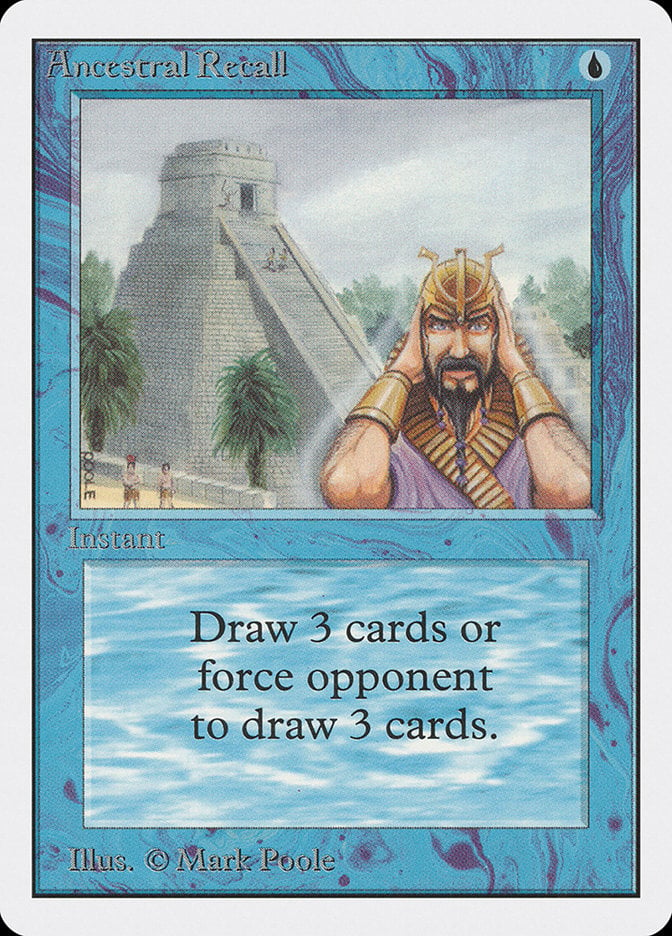
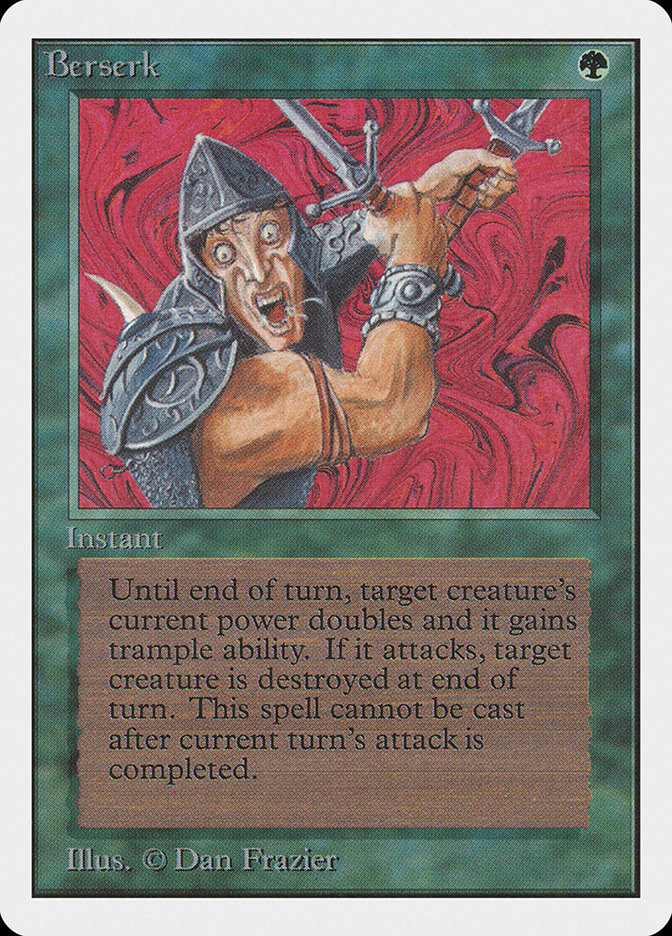
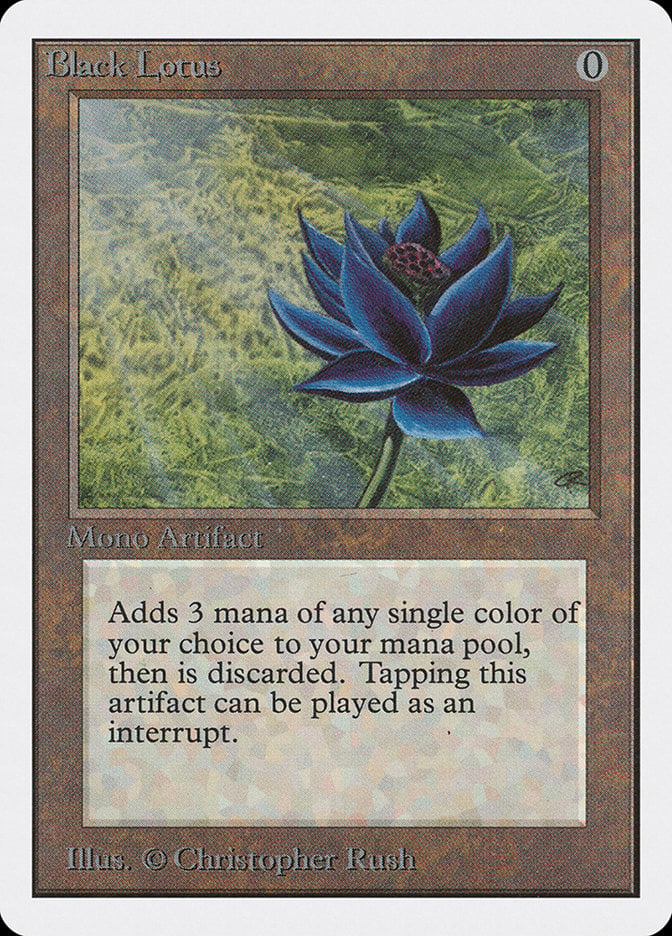


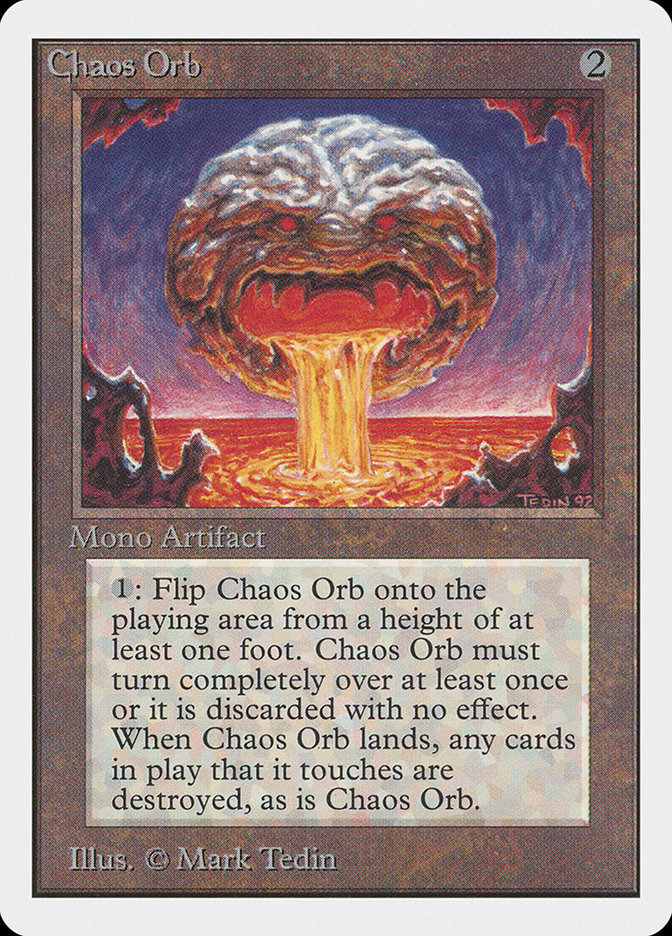
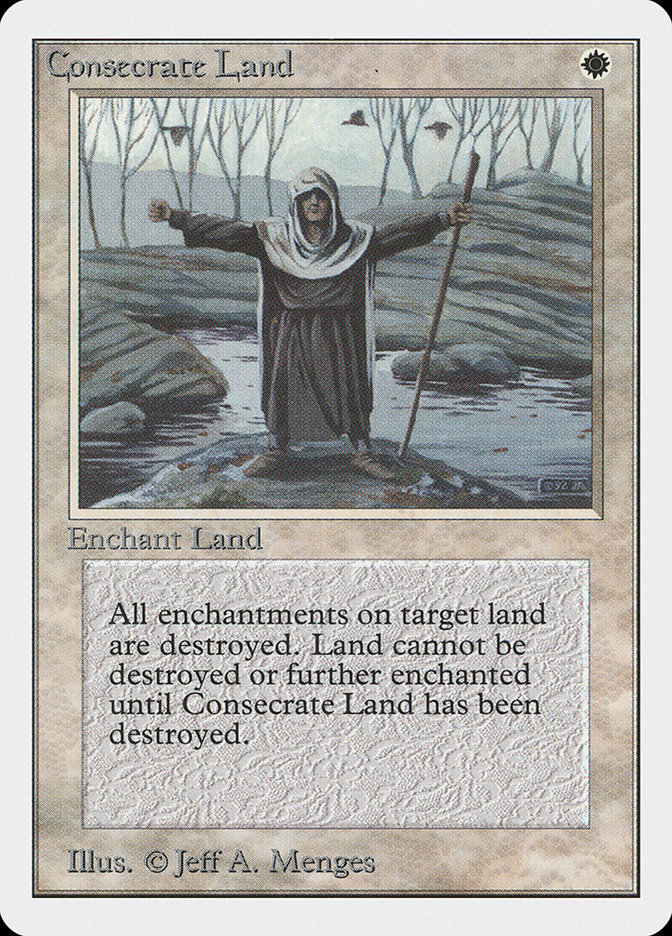
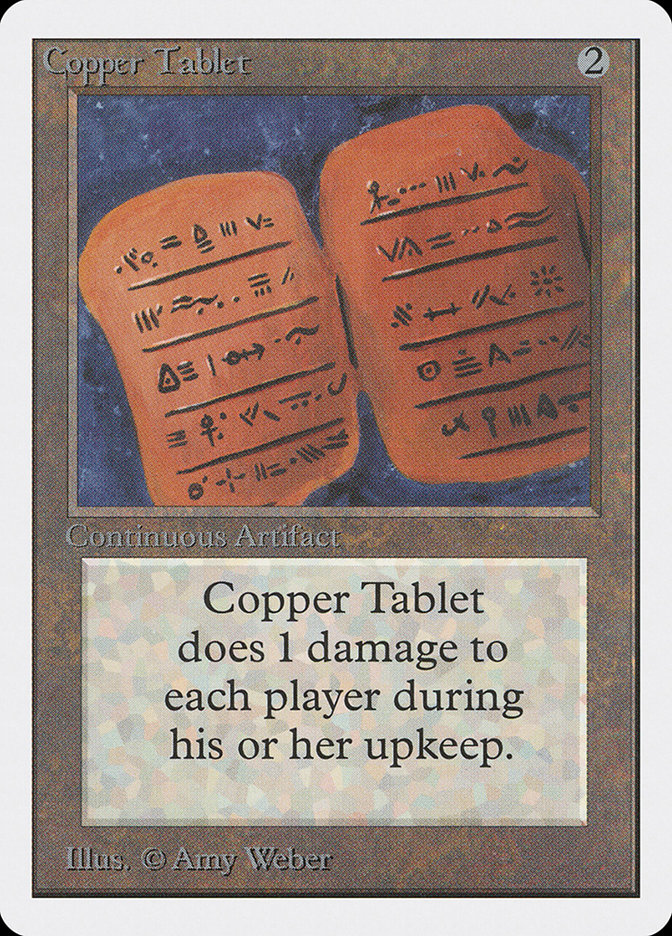
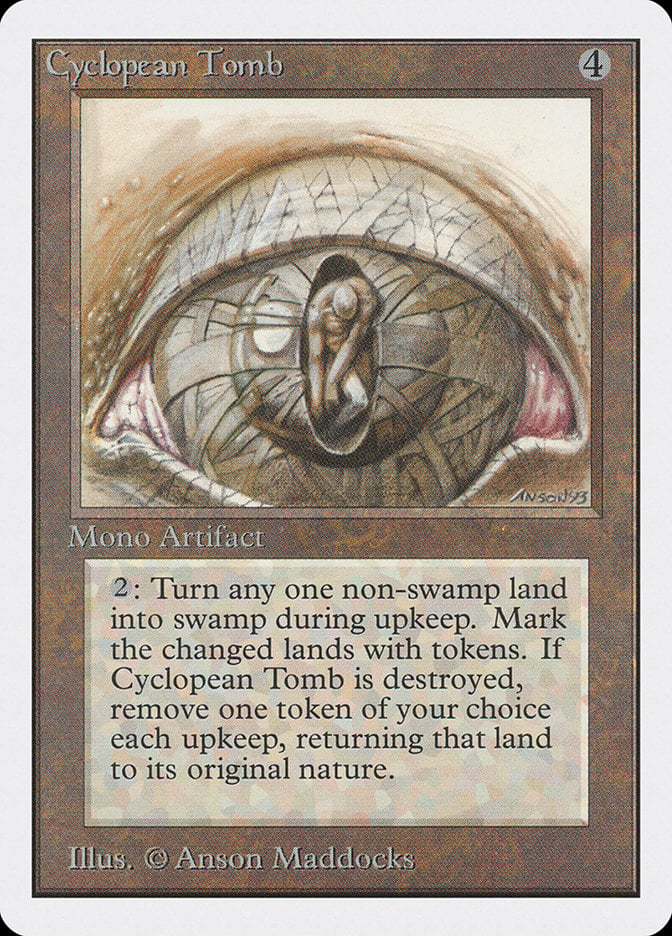
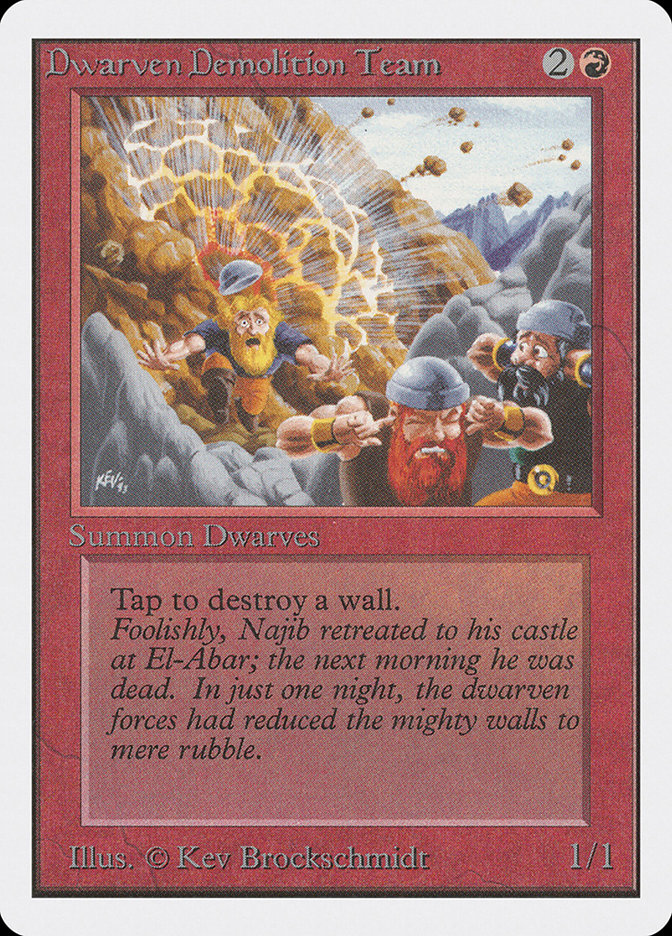

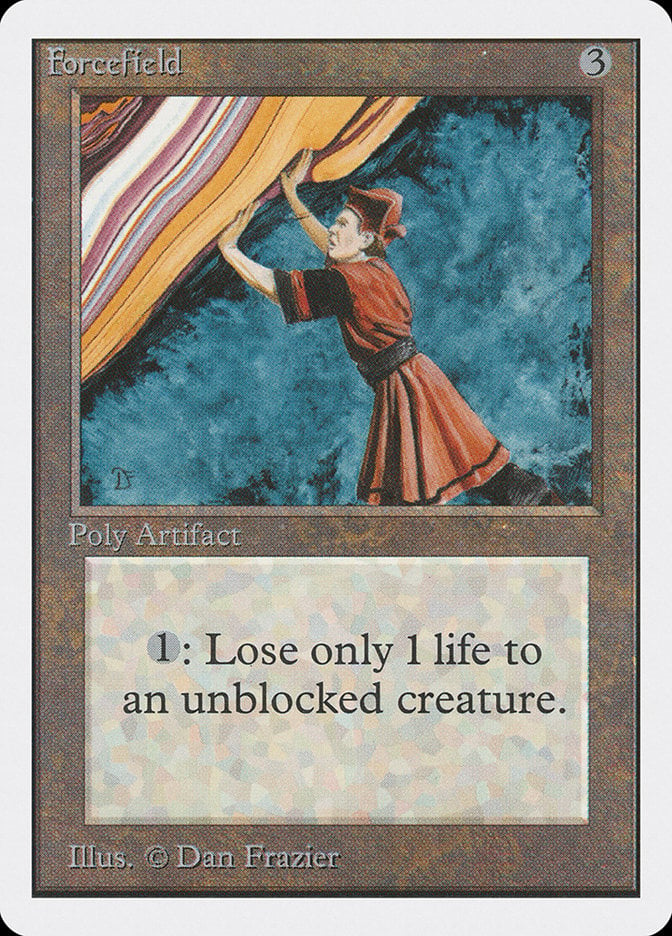
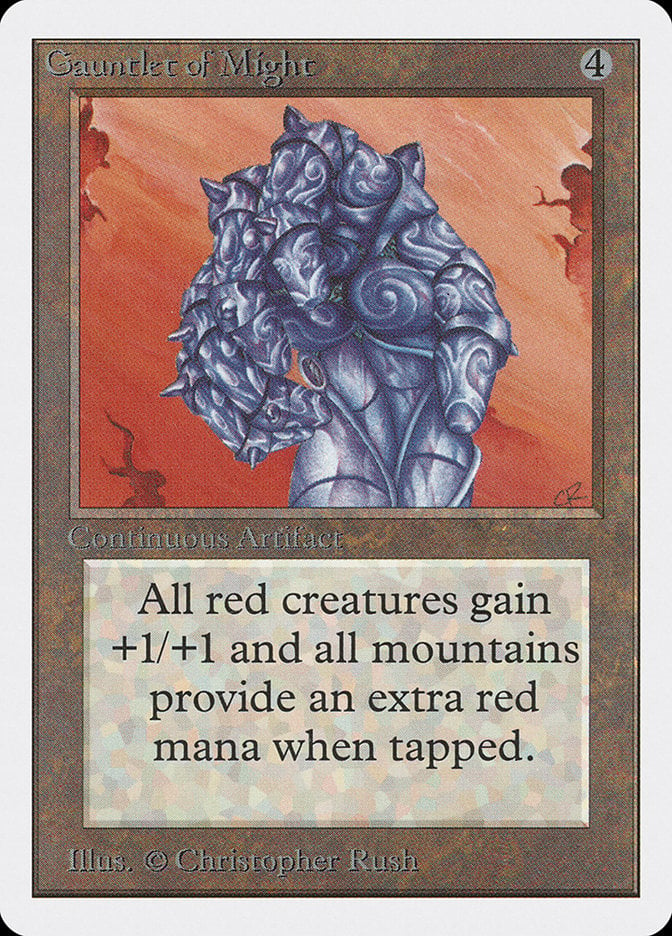

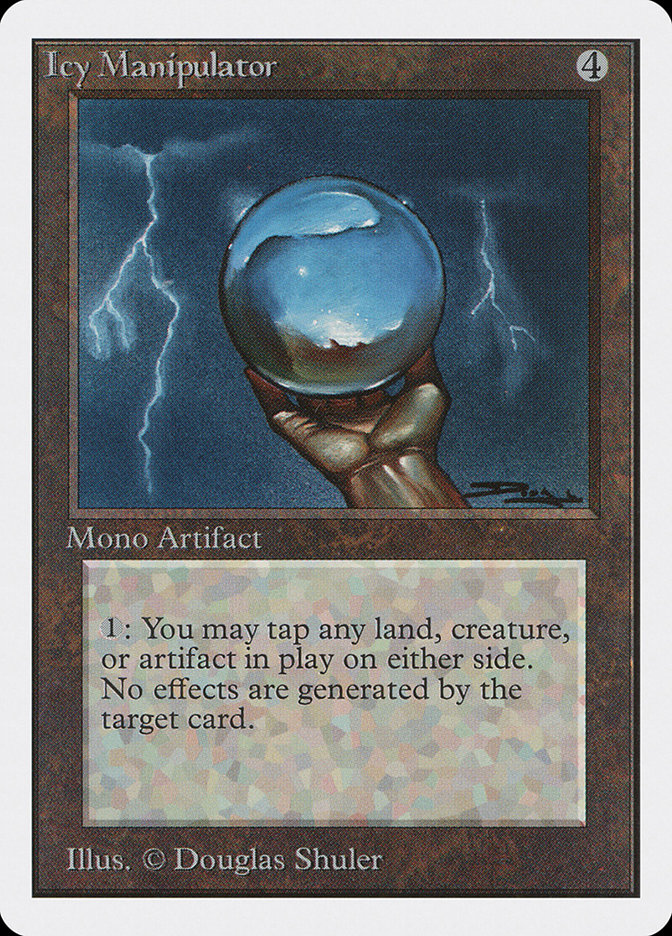
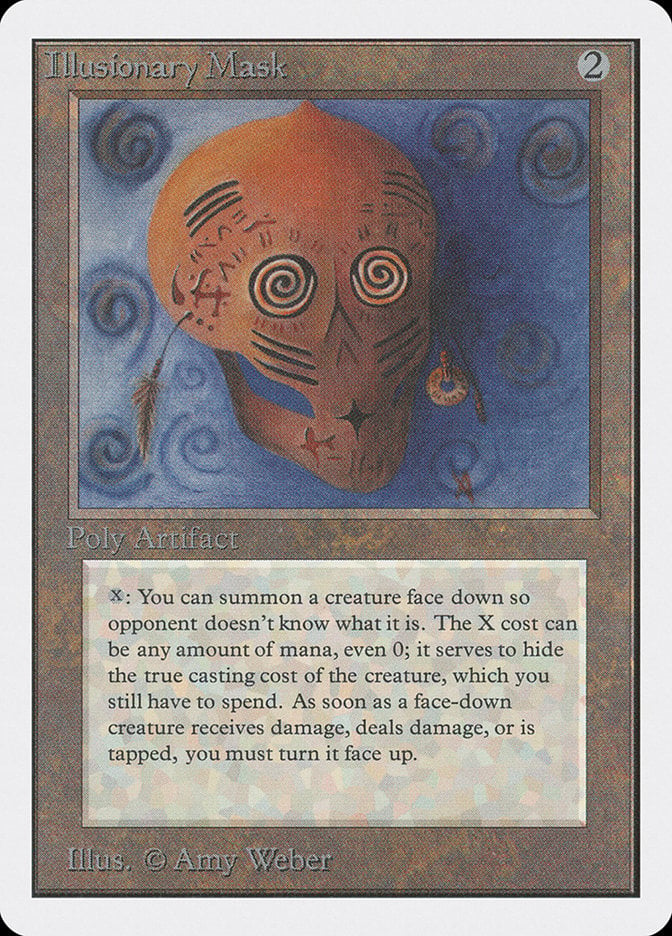
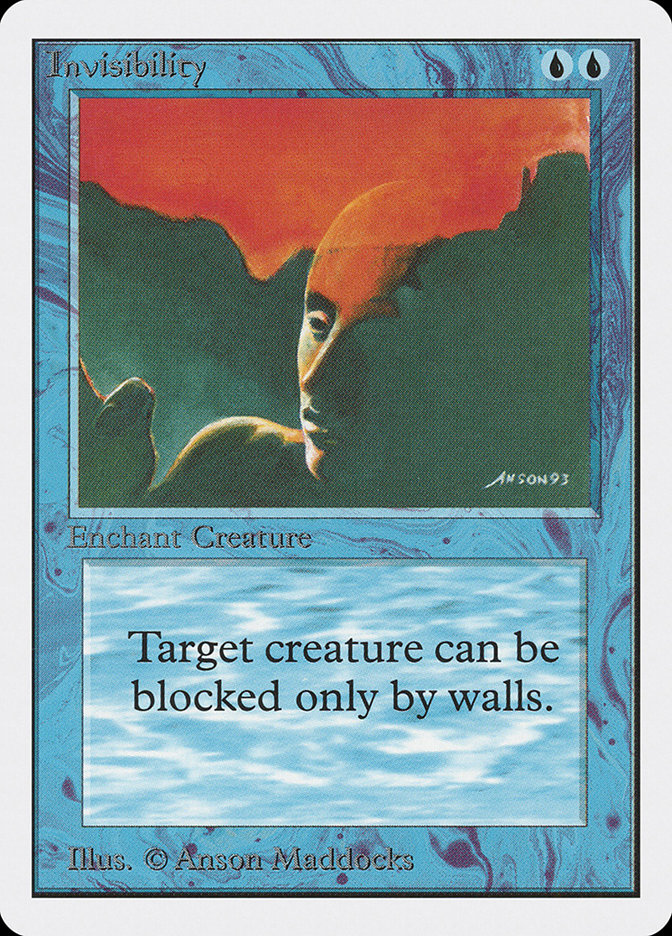

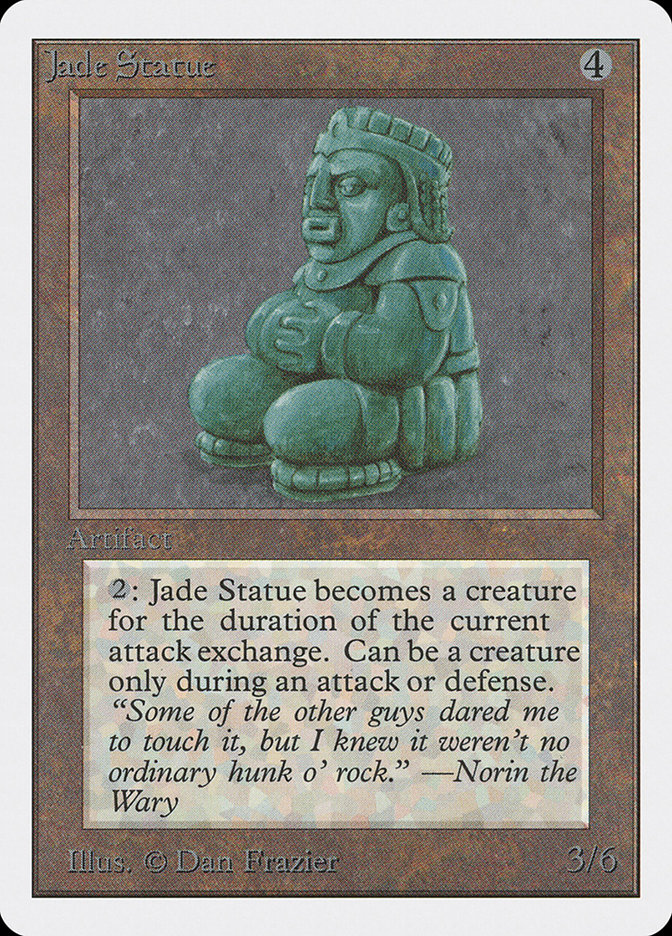
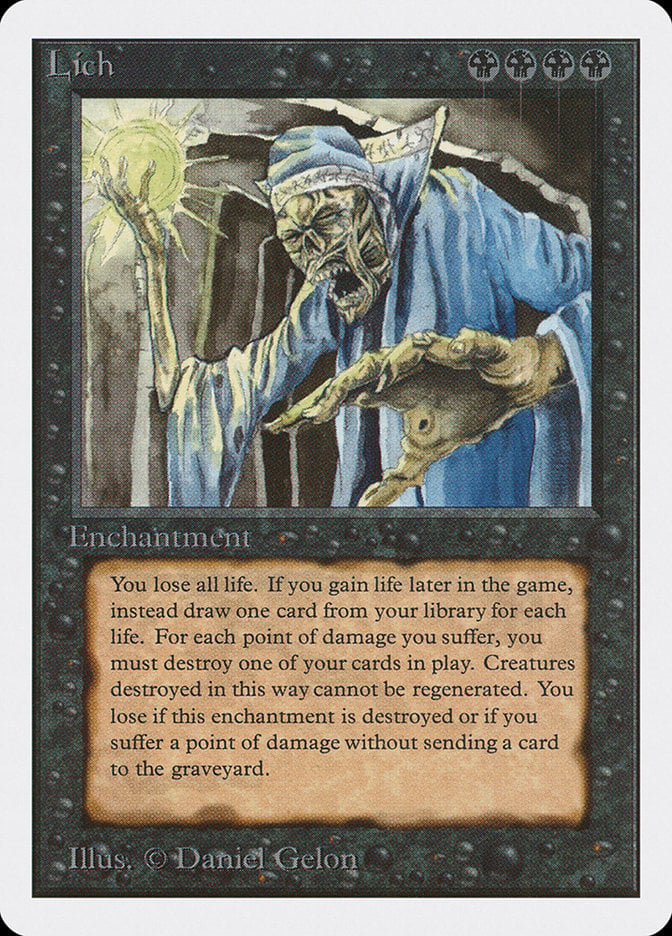
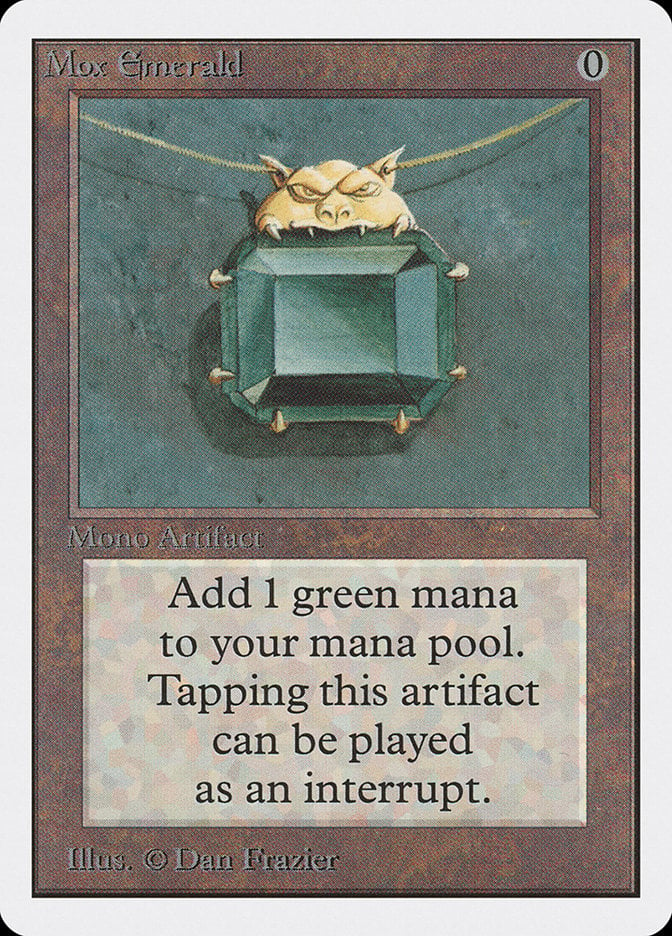

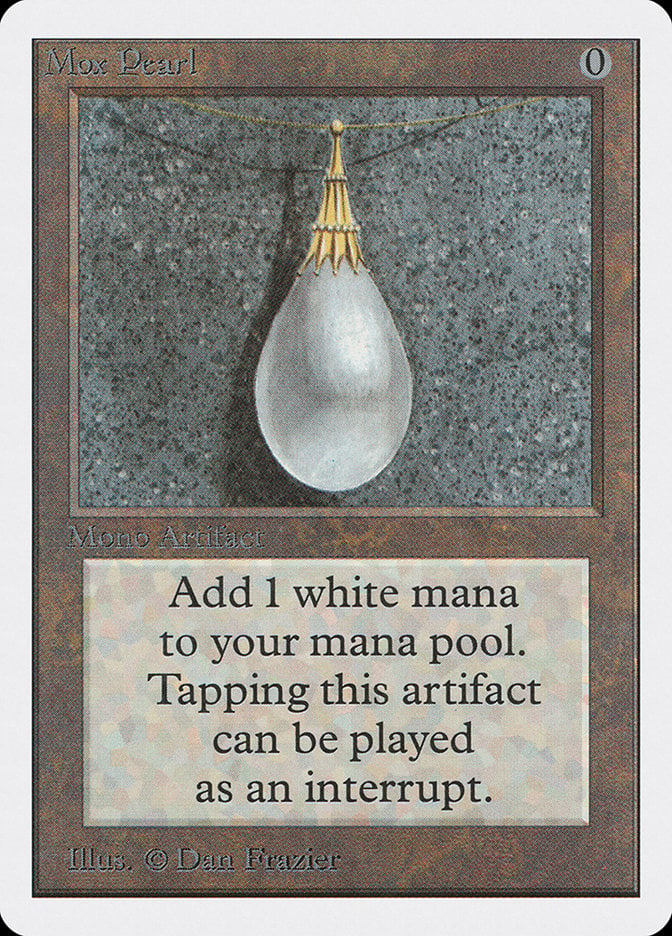
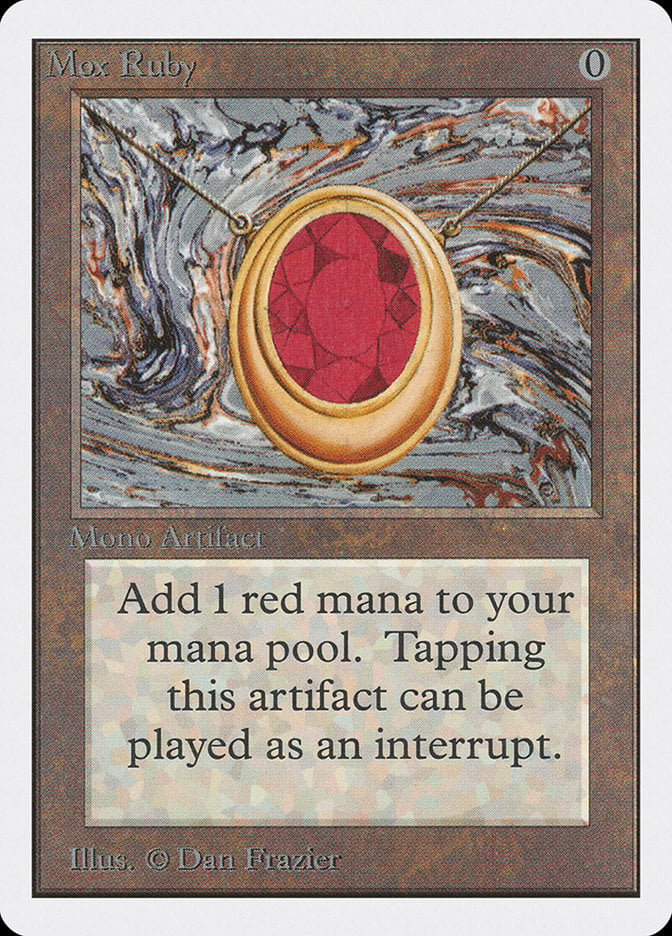



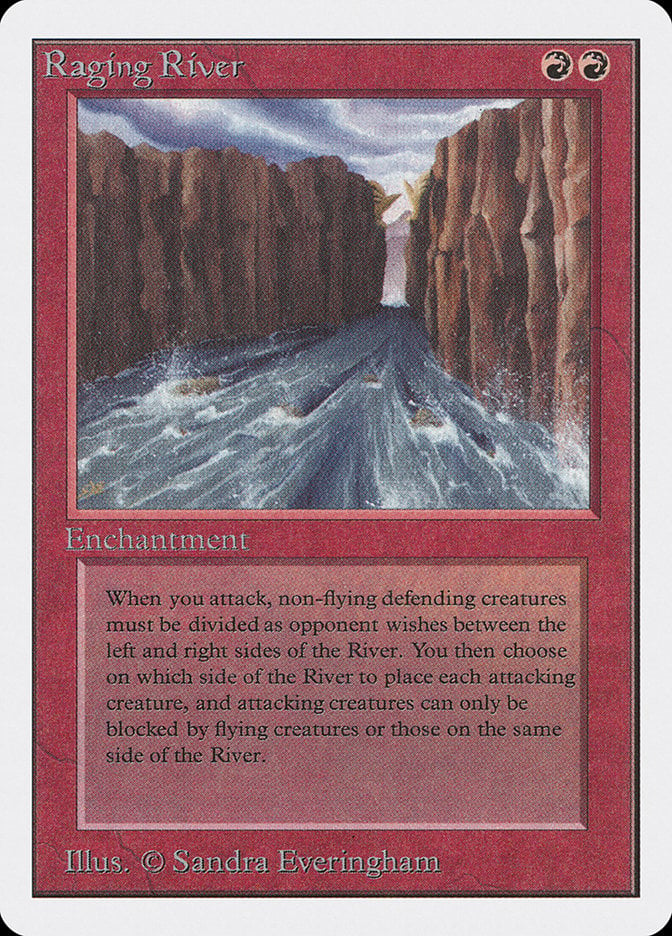
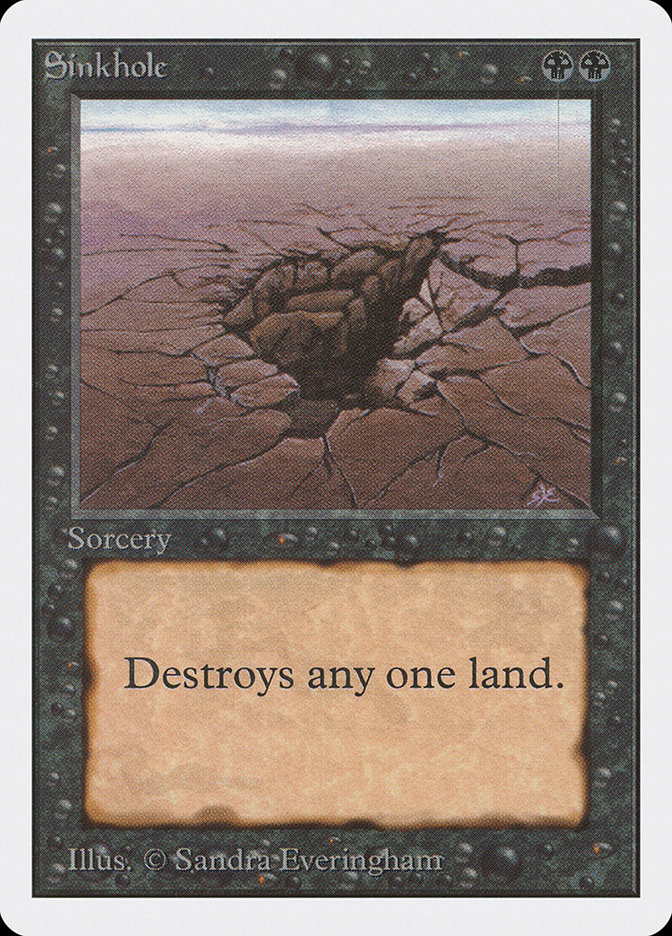
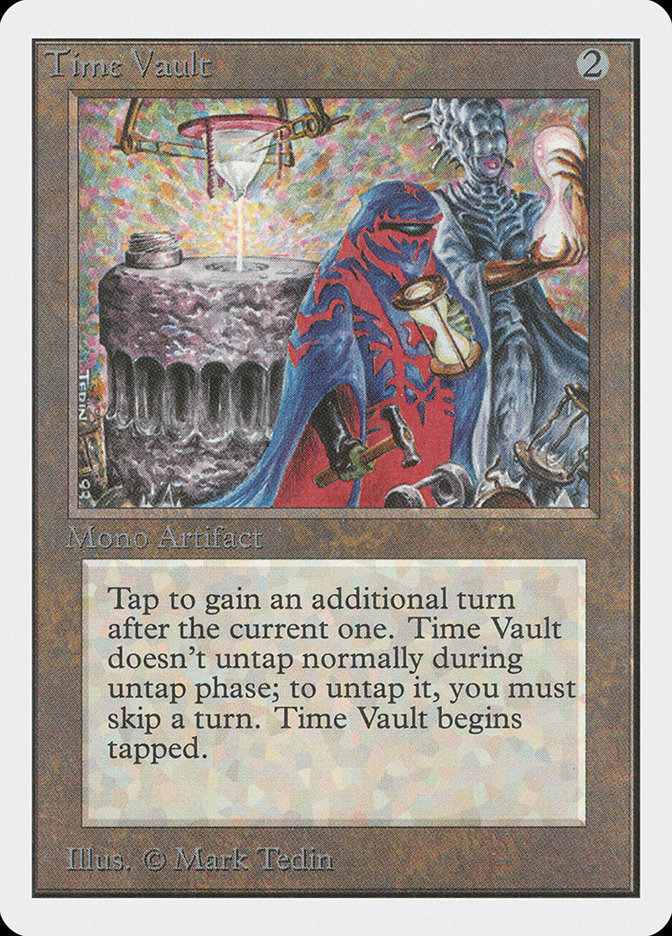
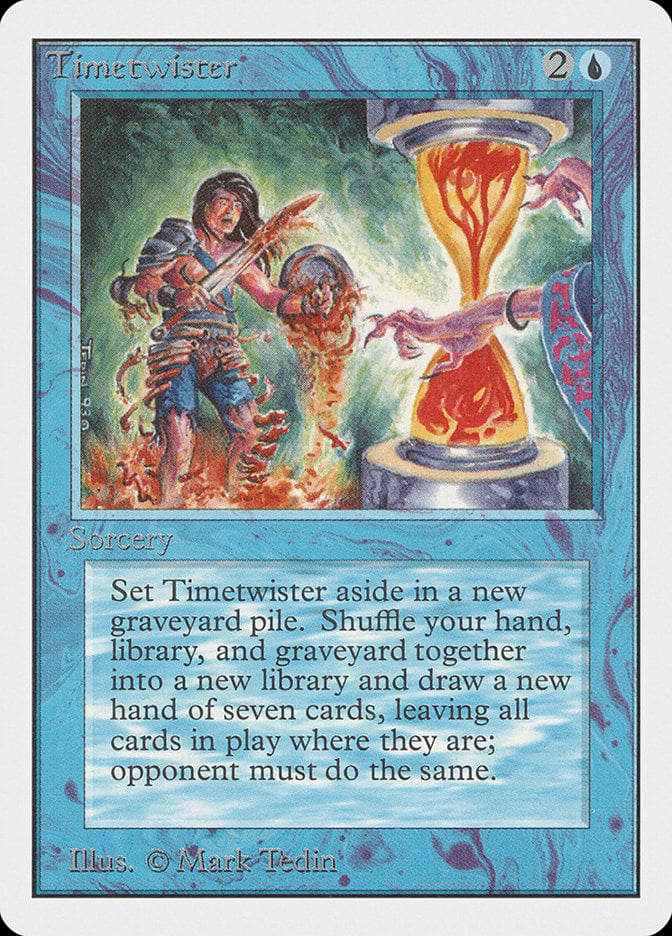
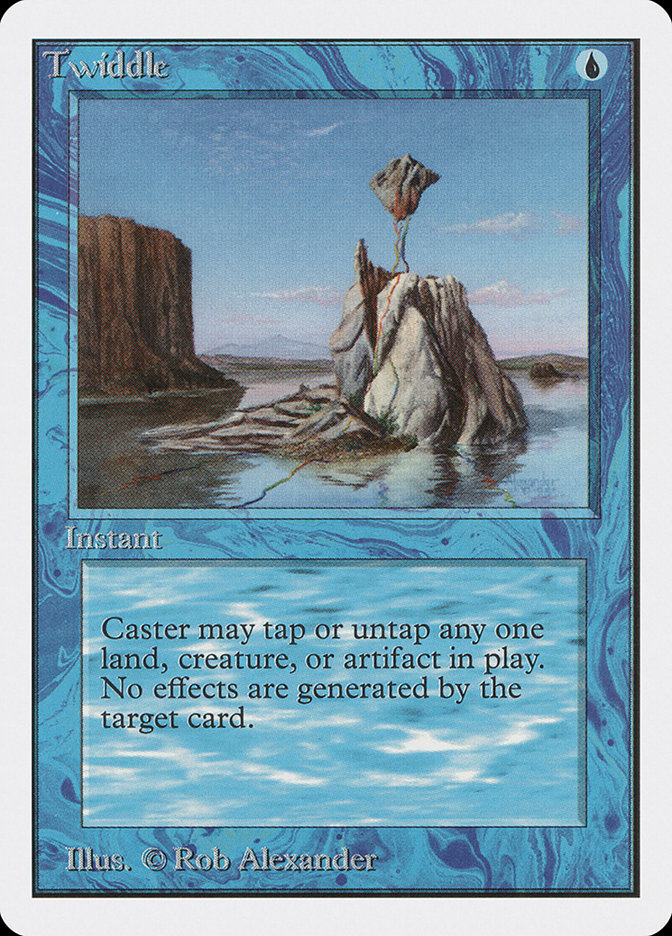




Add Comment